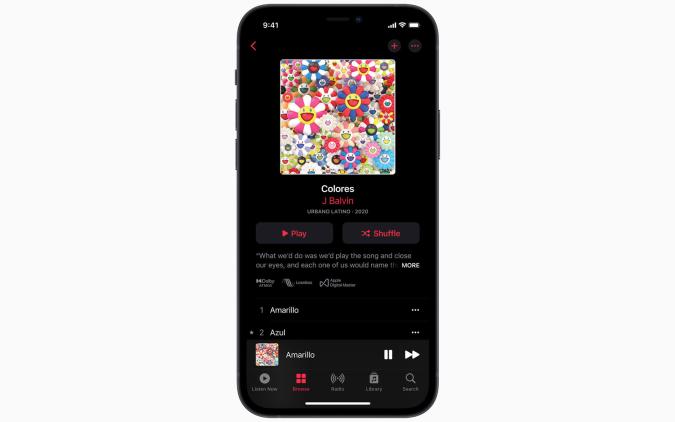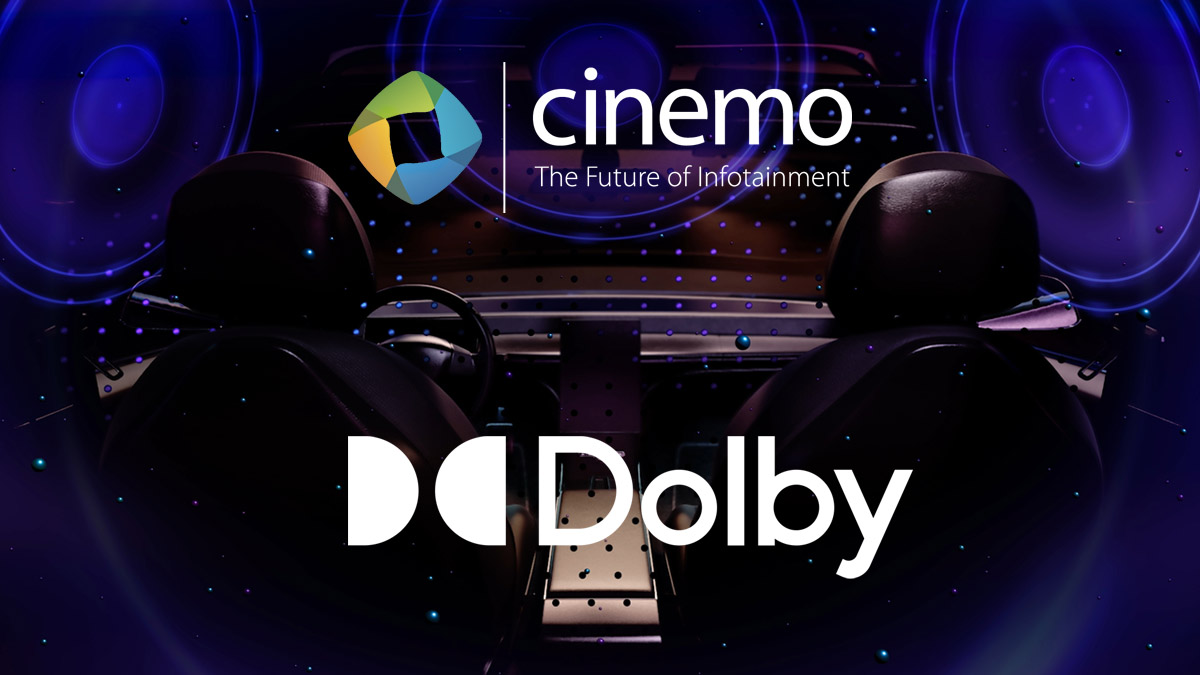
Thus, we can reduce the total tracks from 20 to 12. Some of the objects are grouped and some are shared between clusters. If we were to assume a cluster number of 12, you can see on the image on the right how they are aggregated together. There are 10 objects, nine bed channels, and an LFE channel. The image on the left shows the objects in blue and the bed positions in red. The diagrams below should help you to understand how clustering is implemented. If you’re not sure, then use 16 as that is what is used by most streaming platforms. The choice between these values is usually decided based on the bit-rate at which it is transmitted. There are three values associated with this: 12, 14 and 16. The number of elements to be monitored is set in the preferences of the Dolby Atmos Renderer when Spatial Coding Emulation is enabled. It’s possible to do this without having a detrimental effect on the overall sound of the mix because the typical consumer Dolby Atmos setup has far fewer speakers compared to a cinema.

Spatial object groups are a composite set of the original audio objects. The principle behind clustering is to intelligently group objects that occupy similar spatial positions into groups, called spatial object groups. However, you are also able to monitor your mix with clustering by enabling Spatial Coding Emulation in the Dolby Atmos Renderer. Clustering is used in the encoding process to reduce the amount of data used by Objects and beds. The first step to reducing the data stream is clustering. There are two steps to achieving this: clustering and encoding. It would be difficult to deal with this bandwidth for audio streaming, which is why we need to reduce the amount of data that we transmit. How much bandwidth would be required to transmit a Dolby Atmos data stream? Using a simple equation you end up with a data rate of 140.625Mbps. If we consider the Dolby Atmos mix of a four-and-a-half-minute song, the file size will end up being between 1.8 and 2.5 GB, depending on the number of objects used. It's important to reduce the data size being delivered to the consumer. We want to be able to check our mix to hear it as close as possible to the way that the consumer hears it-we'll come back to later in the article.īefore going any further, it would be a good idea to understand why we need to compress data in the first place. However, it is not as simple as that, as we will see later. There are two main codecs that are designed for each of these two playback formats: EC-3 for speaker delivery and AC-4 IMS for headphone delivery.

Here is a very comprehensive description of the fundamentals of Binaural Audio. In order to deliver an immersive mix on headphones, it will need to be rendered to binaural. However, delivery on headphones is quite a different case. Speakers can reproduce sounds discretely there is no need to emulate anything for the immersive experience. Knowing more about how each of these works will help us to understand the difference between encoding processes and, in turn, help our approach to mixing music for Dolby Atmos.

There are two ways of delivering a Dolby Atmos mix to your ears: using speakers (whether that's a discrete array or a soundbar) or headphones. This is what I want to address in this blog. But what happens next? How is your mix delivered to the consumer? How does the delivery method impact the way your mix sounds to the end user? Knowing the answers to these questions will help you to make informed decisions during the mixing process.

#DOLBY ATMOS MUSIC PRO#
You have completed your Dolby Atmos music mix, bounced it to ADM – either in the Dolby Atmos® Renderer or from Pro Tools – and delivered it to AvidPlay.


 0 kommentar(er)
0 kommentar(er)
